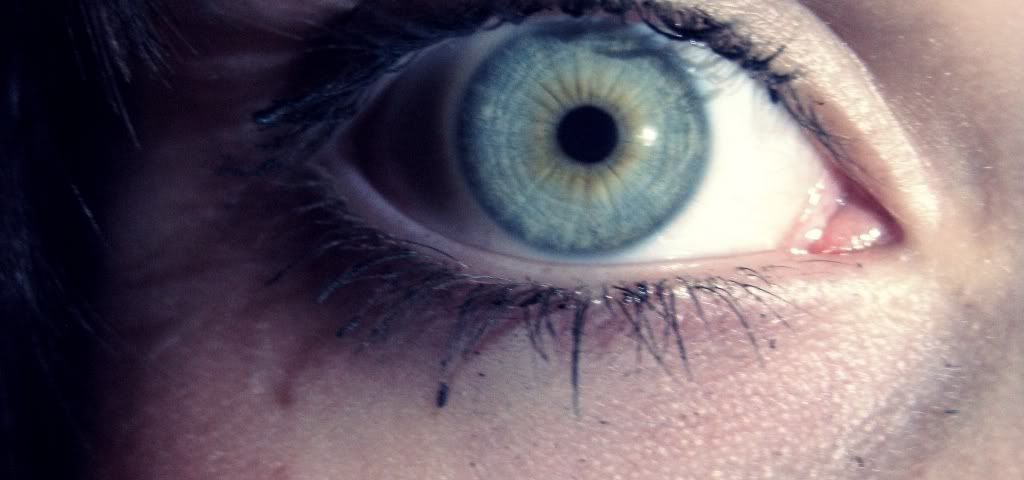Oxervate (cenegermin) can promote wound healing and improve visual acuity in patients at the earlier stages of neurotrophic keratitis (NK), a small pilot study found.
However, treatment with the prescription eye drop may cause slight ocular discomfort, despite being generally safe and well-tolerated, the study findings also indicated.
Data from this study, “Efficacy and Tolerability of Cenegermin for Stage 1 Neurotrophic Keratopathy,” was presented at last year’s Association for Research in Vision & Ophthalmology (ARVO) Annual Meeting, with an abstract published in the journal Investigative Ophthalmology & Visual Science.
NK is a rare degenerative eye disease, in which the nerves serving the cornea — the transparent outer layer of the eye that is responsible for controlling the entry and focus of light — are progressively damaged. When these nerves malfunction, the cornea starts to lose the ability to repair itself and gradually starts to break down.
Developed by Dompe, Oxervate is a topical eye drop medication that has been approved in the U.S. for the treatment of all stages of NK.
Cenegermin, the medication’s active ingredient, is a man-made protein that mimics the function of nerve growth factor (NGF), a protein naturally produced in the body that promotes nerve healing and helps maintain in good shape the nerves serving the cornea.
When placed directly in the eyes, Oxervate is expected to counteract the effects of NK by promoting corneal integrity, wound healing, and tear production.
Previous studies have shown that Oxervate can ameliorate corneal integrity in patients with moderate to advanced NK. But no studies have focused on assessing the effects the therapy may have on those at the earlier stages of the disease.
Here, investigators at the Tufts School of Medicine, along with colleagues at the University of Pennsylvania, reported data from a pilot study that aimed to assess the efficacy, safety, and tolerability of Oxervate in patients with early stage NK.
The study involved a total of 14 patients with stage 1 NK, who had a low sense of sensation in the cornea and had previously failed to respond to standard treatments. Of note, NK can be classified according to the severity of corneal damage: stage 1 corresponds to epithelial alterations, while stage 2 is marked by persistent epithelial defects, and stage 3 corresponds to corneal ulcers.
All patients were assess before and after treatment for visual acuity, cornea integrity, and nerve density. Patient nerve density data also was compared with that of 22 healthy people of the same sex, and approximately the same age, who served as controls.
Cornea integrity was evaluated by corneal fluorescein staining (CFS), a test that uses an orange dye (fluorescein) and blue light to look for signs of damage to the cornea. Visual acuity was measured using the best corrected visual acuity (BCVA), and nerve density was analyzed by high-resolution confocal microscopy.
Data from 14 eyes of 11 patients were selected to be included in the analyses. Oxervate was used six times daily for a period of eight weeks (about two months) to treat 13 eyes. However, one of the patients included in the analyses received the medication for an extended period of 16 weeks (about four months).
Most patients (40%) had multifactorial NK, meaning there were multiple underlying reasons why they developed the disease. Sjögren’s syndrome, an autoimmune disease associated with eye dryness, was the most common single cause of NK in patients included in this study (33%).
Before treatment, patients had a mean BCVA score of 20/30 and a mean CFS score of 3.6. Both values improved following treatment — indicating Oxervate increased both visual acuity and cornea integrity — with mean BCVA scores shifting to 20/25 (20/20 corresponds to normal visual acuity), and mean CFS scores dropping to 1.1.
As expected, mean nerve density was much lower in NK patients compared with healthy people (controls) before treatment. Although patient values increased following treatment with Oxervate, this difference was not considered statistically significant compared with earlier findings.
Safety analyses showed that a total of 10 patients experienced mild to moderate ocular discomfort while receiving Oxervate, and one had to discontinue treatment temporarily.
“Topical [Oxervate] seems to be an effective and well-tolerated treatment for [cornea wound] healing in stage 1 NK, but may result in ocular discomfort while on therapy,” the researchers concluded.

